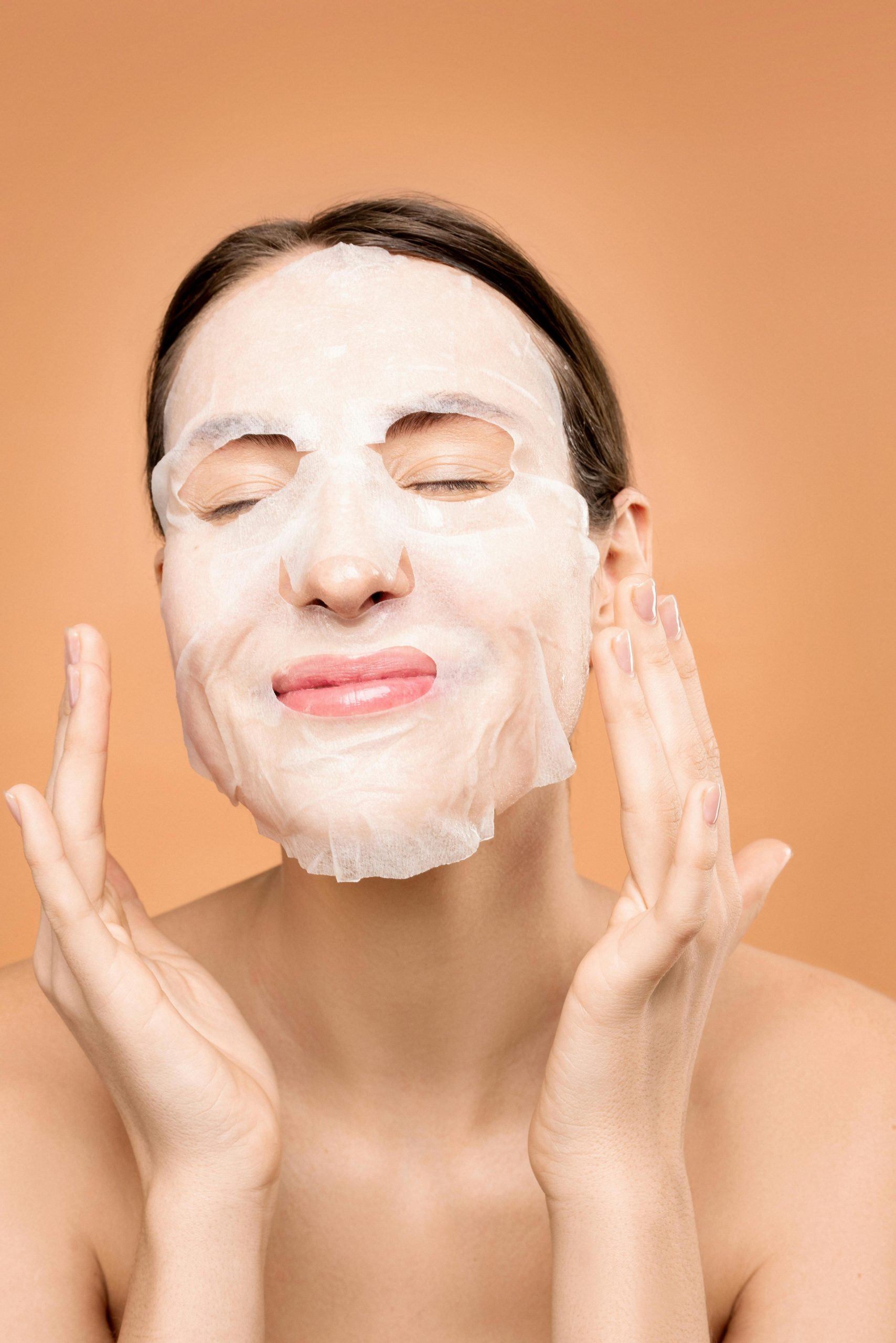Having oily skin can feel like a constant battle — one moment your face is fresh and glowing, the next it’s shiny and prone to breakouts. Managing this skin type requires the right balance between controlling excess sebum and keeping your skin hydrated. That’s where a dermatologist-approved Skincare routine for oily skin makes all the difference. With the right products and habits, you can reduce shine, prevent acne, and maintain a healthy, balanced complexion that feels comfortable all day long.
Understanding Oily Skin: What Causes It?
Oily skin is primarily the result of overactive sebaceous glands that produce excess sebum, the natural oil that helps protect your skin. While sebum is essential for maintaining moisture, too much of it can lead to clogged pores, blackheads, and acne. Genetics, hormones, diet, stress, and even climate can all play a role in stimulating excess oil production.
The Role of Sebum in Skin Health
Sebum isn’t all bad—it helps maintain the skin’s protective barrier and keeps it from drying out. However, when your skin produces too much, it mixes with dead skin cells and bacteria, leading to blemishes. Understanding this balance is key to creating an effective skincare routine that manages oil without stripping the skin.
Signs You Have Oily Skin
Common indicators include visible shine on the T-zone (forehead, nose, and chin), enlarged pores, frequent breakouts, and makeup that tends to slide off easily. Recognizing these signs can help you choose the best products and techniques for your skincare needs.
Step-by-Step Dermatologist-Approved Skincare Routine
Creating the perfect skincare routine for oily skin doesn’t mean using harsh, drying products. Instead, it’s about finding a routine that controls oil while keeping your skin hydrated and healthy. Below is a step-by-step guide recommended by dermatologists for oily skin types.
Step 1: Gentle Cleansing
Start with a mild, foaming cleanser that removes excess oil without disrupting your skin’s natural moisture barrier. Look for ingredients like salicylic acid or glycolic acid, which help exfoliate and unclog pores. Avoid cleansers with heavy fragrances or alcohol, as they can trigger more oil production.
Pro Tip: Cleanse your face twice daily—morning and night—to prevent buildup of oil, dirt, and bacteria that lead to breakouts.
Step 2: Use an Alcohol-Free Toner
A toner helps balance your skin’s pH levels and removes any residual impurities after cleansing. Choose a toner with soothing and exfoliating ingredients like witch hazel, niacinamide, or green tea extract. These ingredients control oil and reduce inflammation without over-drying your skin.
Pro Tip: Apply toner using a cotton pad or gently pat it in with your hands to minimize irritation.
Step 3: Apply a Lightweight Serum
Serums are packed with active ingredients that target specific concerns like large pores, acne, and uneven texture. For oily skin, opt for a serum containing niacinamide, hyaluronic acid, or salicylic acid. These ingredients help regulate sebum production and maintain hydration without heaviness.
Pro Tip: Niacinamide is particularly beneficial—it reduces oil production and refines pores over time.
Step 4: Moisturize (Yes, Even Oily Skin Needs It)
One of the biggest myths about oily skin is that you don’t need moisturizer. In reality, skipping moisturizer can make your skin produce even more oil to compensate for dryness. Choose a lightweight, oil-free, and non-comedogenic moisturizer that hydrates without clogging pores.
Pro Tip: Look for gel-based or water-based moisturizers—they absorb quickly and leave a matte finish.
Step 5: Protect with Sunscreen
Sunscreen is a must for every skin type. For oily skin, choose a broad-spectrum SPF 30 or higher that’s oil-free and mattifying. Sunscreen protects your skin from UV damage, premature aging, and post-acne dark spots.
Pro Tip: Reapply sunscreen every two hours, especially if you’re outdoors or exposed to sunlight through windows.
Weekly Additions to Your Routine
Exfoliate Twice a Week
Exfoliation removes dead skin cells that can clog pores and cause breakouts. Use a gentle chemical exfoliant containing BHA (like salicylic acid) or AHA (like glycolic acid). Avoid harsh scrubs that can irritate your skin and increase oil production.
Pro Tip: Stick to exfoliating 1–2 times per week to prevent over-exfoliation, which can damage the skin barrier.
Use a Clay Mask
Clay masks are excellent for absorbing excess oil and purifying the skin. Ingredients like kaolin and bentonite clay draw out impurities, leaving your skin smooth and refreshed. Use a clay mask once or twice a week after cleansing.
Pro Tip: Apply the mask only to oily areas, such as your T-zone, for targeted oil control.
Choosing the Right Ingredients for Oily Skin
Not all skincare products are created equal. Certain ingredients are particularly effective for balancing oily skin, while others can make it worse.
Best Ingredients for Oily Skin
- Salicylic Acid: Exfoliates deep within pores to prevent blackheads and acne.
- Niacinamide: Balances oil production and strengthens the skin barrier.
- Hyaluronic Acid: Provides hydration without adding oil.
- Zinc PCA: Controls sebum and reduces inflammation.
- Green Tea Extract: Offers antioxidant protection and helps reduce oiliness.
Ingredients to Avoid
- Heavy Oils: Such as coconut oil and mineral oil, which can clog pores.
- Alcohol-Based Formulas: They strip moisture and cause rebound oiliness.
- Comedogenic Ingredients: Products labeled non-comedogenic are safer for oily skin.
Additional Dermatologist Tips for Managing Oily Skin
Keep Your Hands Off Your Face
Touching your face transfers oil, dirt, and bacteria, increasing the risk of clogged pores and acne.
Blot Excess Oil During the Day
Use oil-absorbing sheets to remove shine without disturbing your makeup or drying out your skin.
Adjust Your Routine with the Seasons
Humidity and heat can increase oil production, while cold weather may make your skin dehydrated. Adjust your routine by using lighter products in summer and slightly richer ones in winter.
Maintain a Healthy Lifestyle
Diet and stress play a significant role in skin health. Drink plenty of water, eat antioxidant-rich foods, and manage stress through exercise or mindfulness to keep your skin balanced from within.
Common Mistakes to Avoid in an Oily Skin Routine
Even with the best intentions, some habits can sabotage your efforts.
- Overwashing: Cleansing too often strips your skin and triggers more oil production.
- Skipping Moisturizer: Leads to dehydration and increased oiliness.
- Using Too Many Products: Can overwhelm the skin and cause irritation.
- Ignoring Sun Protection: Leads to pigmentation and premature aging.
Recommended Routine Summary
Morning Routine: Cleanser → Toner → Serum → Moisturizer → Sunscreen
Evening Routine: Cleanser → Toner → Serum → Moisturizer
Weekly Additions: Exfoliation (1–2 times) and Clay Mask (1–2 times)
This simplified structure ensures consistency, which is essential for visible improvements.
Conclusion: Achieve Balance and Radiance
Mastering the perfect skincare routine for oily skin is about balance—controlling shine without drying out your face. With dermatologist-approved products and consistent care, oily skin can transform from frustrating to flawless. Remember to stay patient—results take time, and your skin’s needs may change with the seasons or lifestyle shifts. Stick to a routine that nourishes, protects, and balances, and you’ll enjoy a clear, radiant complexion that glows with health.



